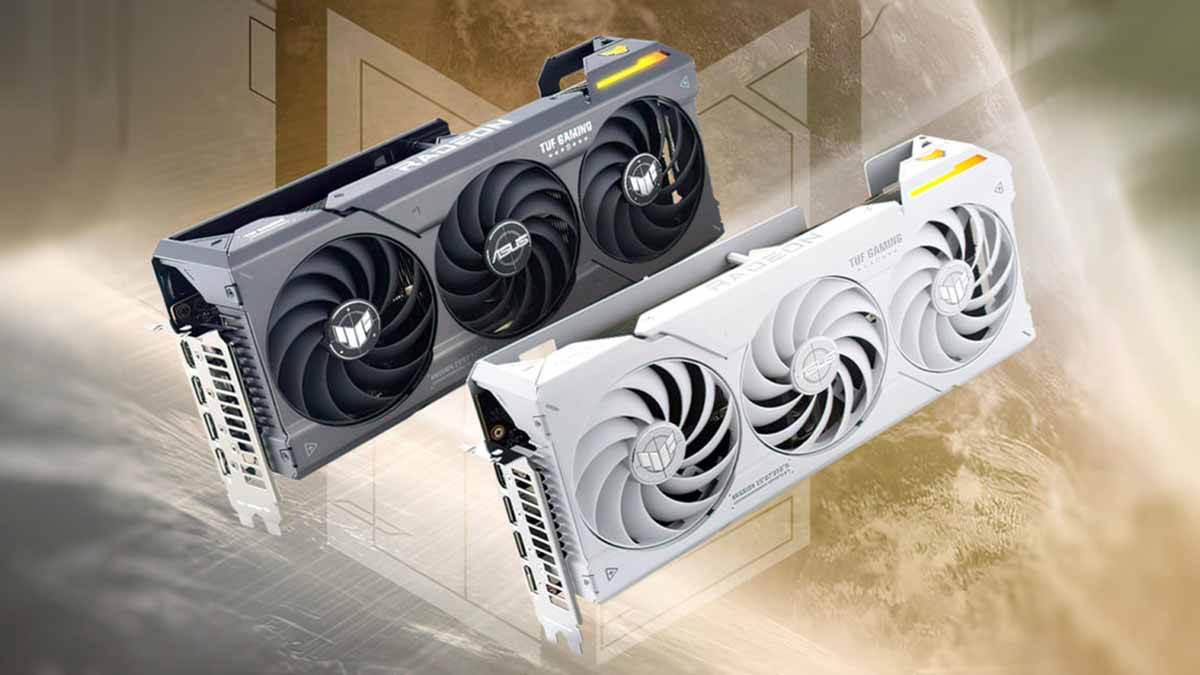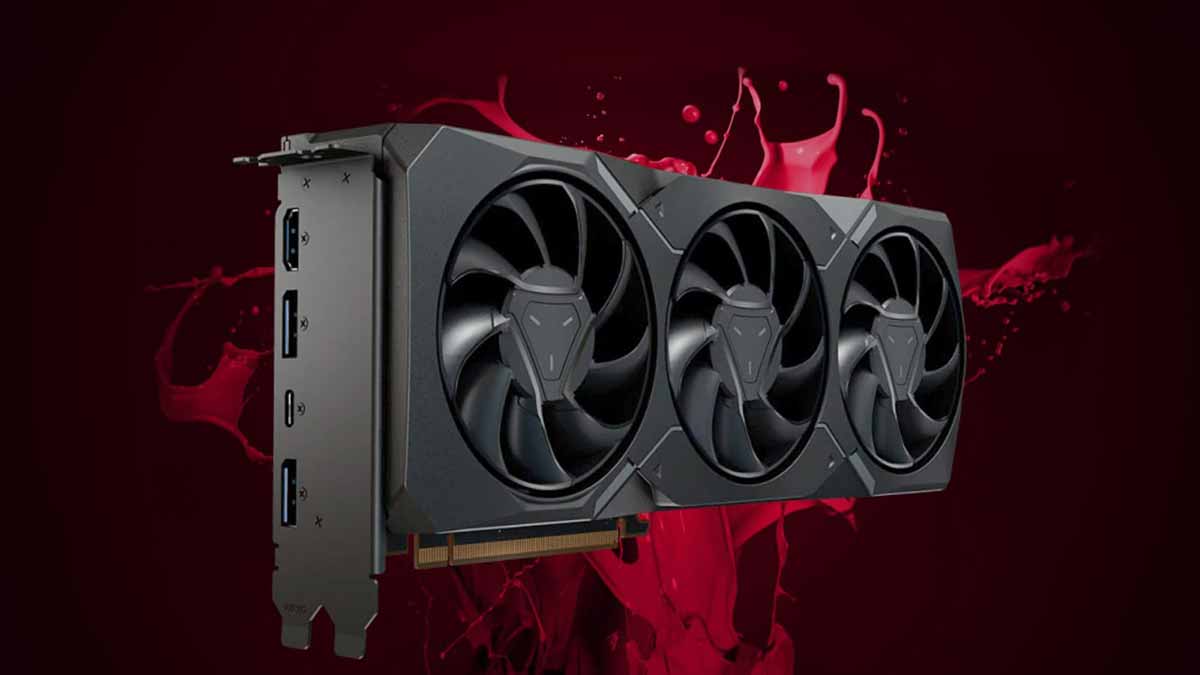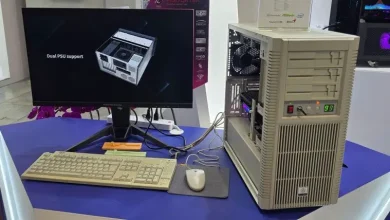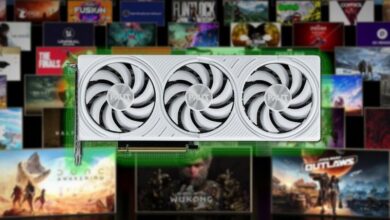All details about Radeon RX 7800 XT and 7700 XT
After almost a week of speculations, AMD’s anticipated new GPU cards Radeon RX 7800 XT and 7700 XT has been revealed.
Excitement is over, Radeon RX 7800 XT and 7700 XT are here
Although NVIDIA has big influence in the computer hardware industry, the last AMD GPU announcement helped to take the attention towards Radeon products. People who pre ordered Radeon RX 7800 XT or 7700 XT before it’s official release date on September 6th, will also receive a free copy of upcoming Sci-Fi/RPG Starfield without any cost.
During the announcement, AMD stated that Radeon RX 7800 XT and 7700 XT can run 1440p graphics with over 60 fps. AMD also stated that over 100 fps achieved with Call of Duty: Modern Warfare II. Considering that both Radeon RX 7800 XT and 7700 XT are available purchase for $50 less than equivalent products from NVIDIA, AMD can be holding a strong hand here.
Read More: AMD and Bethesda teamed up for limited edition Starfield GPU and CPUs
What is the technical settings of Radeon RX 7800 XT and 7700 XT?
Radeon RX 7800 XT and 7700 XT are similar in some ways but of course there are some differences between them. The RX 7700 XT is equipped with 12GB of GDDR6 VRAM along with a 256-bit memory bus, 54 CUs (Complete Units), and a boost clock of 2,430Mhz, whereas the Radeon RX 7800 XT has 2GB of GDDR6 VRAM along with a 256-bit memory bus, 60 CUs, and a boost clock of 2,544Mhz.
Not only AMD claim that these new GPUs will significantly improve the performance of games that feature rasterized images or crude two dimensional images which have been subsequently converted into polygons, but AMD also boasts that the new GPUs offer as much as a 23% improvement in performance in games which utilize ray tracing.
Both the Radeon RX 7800 XT and 7700 XT require more electricity to operate efficiently than similar NVIDIA products. In addition, PC gamers using the new AMD GPU’s will need to have more available internal slots than required by competing NVIDIA products.
The new announced AMD GPUs looks promising. Let’s see if these GPUs will be enough to take a important place on computer assets besides NVIDIA products.






